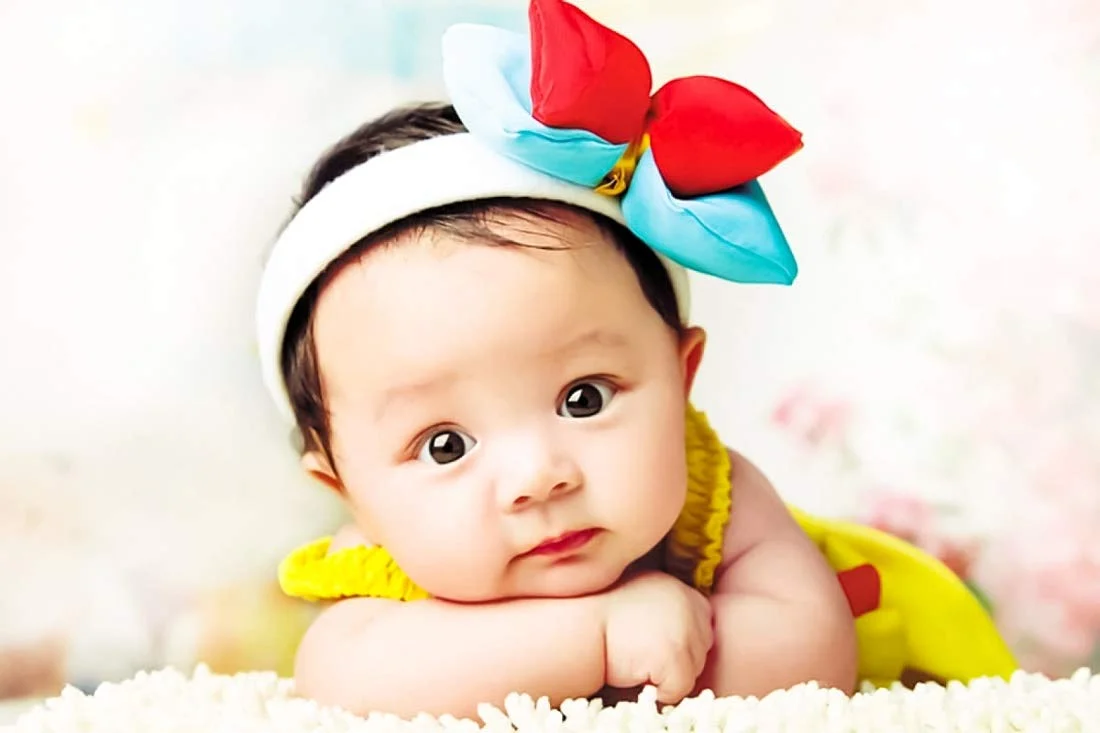Recently, my cousin Julia welcomed her second child into the world. Cradling that hefty little bundle—10 pounds and 12 ounces—brought back a flood of sweet memories from those early baby days. Admittedly, I got a little misty-eyed as I rocked that chubby cherub. But I wasn’t shedding tears because I yearn for another baby; that chapter has closed, thanks to some strategic snips in my partner’s anatomy. No, the tears came from a deep-seated nostalgia for how incredibly simple life was with an infant compared to the whirlwind that is toddlerhood.
As a mother of a 4-year-old and a 3-year-old, I often find myself daydreaming about the ease of handling a newborn—yes, even one who cries incessantly. Babies have clear, logical reasons for their cries: they’re hungry, tired, or need a change. I can relate to those feelings; I’ve certainly cried over similar issues (ever attempted a workout during your period only to find yourself in an unfortunate situation?).
Toddlers, on the other hand? Their reasons for crying are baffling. Just today, my daughter melted down because her brother took away her imaginary rocket ship. That’s right—an imaginary object prompted a full-on meltdown. The parenting guides don’t prepare you for these moments, nor do they warn you about the tears shed over spilled milk, cereal in the wrong bowl, or the heartbreak of being helped into shoes when you requested assistance.
And let’s talk about how babies entertain themselves. They can lie quietly in their crib, on the floor, or in someone’s arms, just soaking in the world around them. They’re easily amused by a wall, a ceiling, or maybe a bright dinosaur toy. You hardly need to engage with them; they’re content to observe life pass by.
In stark contrast, toddlers seem like they’re powered by a never-ending energy source. The very thought of sitting still for even a moment brings them to the brink of despair. I never knew you could make noise just by sitting in a chair until I had kids—trust me, it’s a skill they’ve perfected. Furthermore, every few seconds, my kids are yelling, “Mom! Watch this!” They expect my undivided attention all day long, and honestly, it’s exhausting.
Feeding a baby is a breeze. You can simply give them your breast, a bottle of breast milk, or formula, and they’re happy. They don’t fuss about the taste or throw tantrums because they suddenly dislike a certain flavor. Instead, they drink until they’re content, often with a satisfied burp before moving on with their delightful baby agenda.
I adore my children, and I appreciate their ability to play, talk, and engage with the world. Still, on particularly chaotic days, I find myself wishing I could trade my left arm just to hold a baby again. Infants don’t argue with one another 400 times a day or squabble over the last yogurt. They simply lay there, blissfully drooling—much like I do after my toddlers demand that I “watch this!” for the umpteenth time before I’ve even had my morning coffee.
If you’re considering starting your family journey, you might find useful insights on pregnancy and home insemination at the National Institute of Child Health and Human Development, an excellent resource for expecting parents. Also, check out this post for more helpful tips on the insemination process. And if you’re looking for quality at-home insemination kits, reputable retailers like Make a Mom offer a variety of options to suit your needs.
Summary:
This article explores the nostalgic longing for the simplicity of babyhood in comparison to the chaos of raising toddlers. It highlights the stark differences in crying, entertainment, and feeding, while providing resources for those considering pregnancy and home insemination.

Leave a Reply